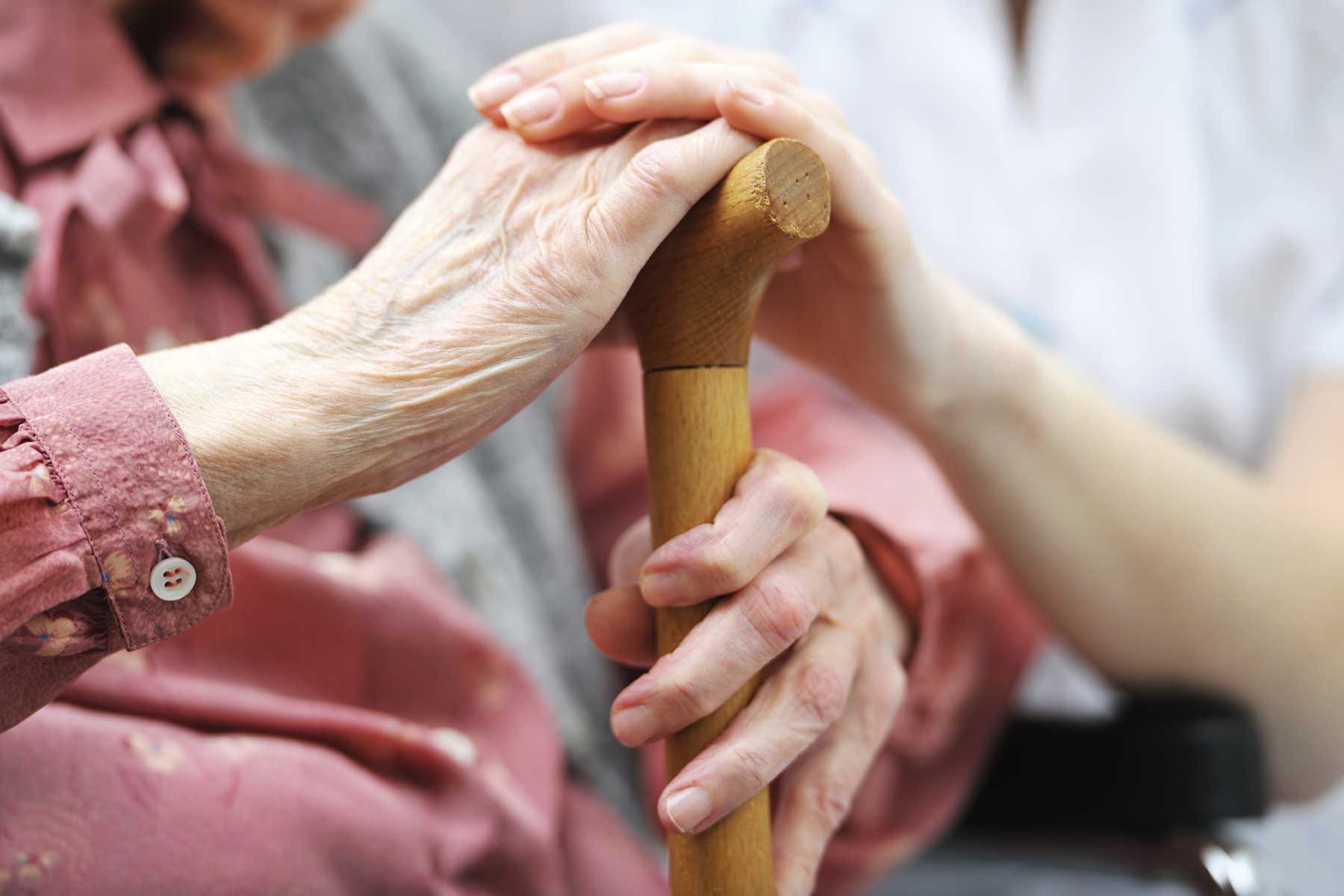
Financial well-being January 9, 2015 By
Today we’re publishing the first of four posts on elder financial abuse.
Elder abuse is a shameful tragedy happening across America with way too much frequency. If you are elderly and being cared for, or have elderly family members in someone else’s care, it’s crucial that you understand the risk factors and the warning signs of elder abuse so you will recognize it when you see it.
Elder abuse is a term referring to any knowing, intentional or negligent act by a caregiver or any other person that causes harm or a serious risk of harm to a vulnerable adult. The core element defining elder abuse is the “breach of the expectation of trust” the older person places with the abuser. Legislatures in all 50 states have passed some form of elder abuse prevention laws. Laws and definitions of terms vary considerably from one state to another, but broadly defined, abuse may include:
- Physical/sexual abuse
- Financial abuse
- Exploitation or scams
- Psychological/emotional abuse
- Abandonment/neglect
- Rights abuse
- Self-neglect
- Institutional abuse
Financial abuse has been called the “Crime of the 21st Century” and is especially on the rise for older Americans. Consider these alarming statistics:
- 70 percent of the nation’s wealth now belongs to those 60 and older.
- 10,000 Americans turn 65 every day.
- Isolation can make seniors a target for financial predators.
- Seniors lose more than $2.9 billion annually to financial exploitation.
- Elder financial abuse is vastly under reported. According to one survey, only one in 44 cases is reported.
Studies have shown that elder financial abuse decimates income, compromises health care and living options, fractures families, and results in a loss of senior dignity.
In my second post, we will examine the different types of elder financial abuse.




